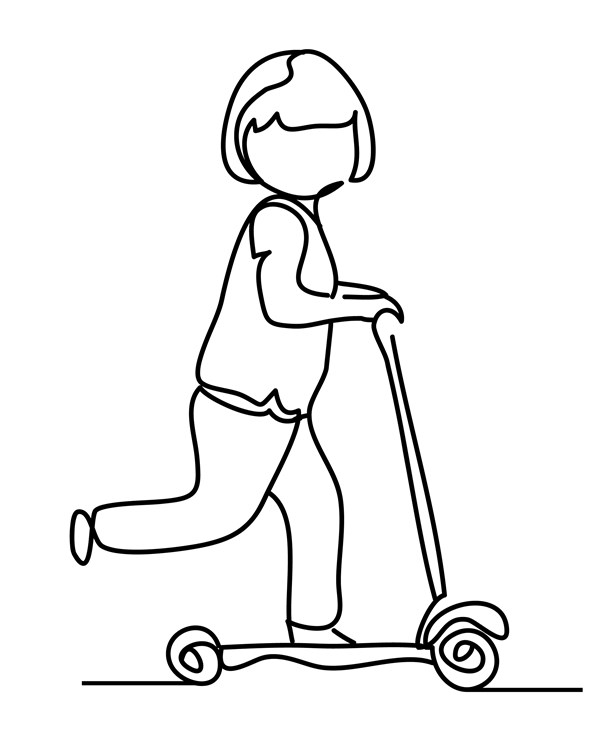

The option to gradually increase physical activity was activated for six patients (15%). Small improvements were found in objective physical activity and fear-avoidance beliefs. The intervention could be tailored to patients' risk of persistent disabling LBP, according to the STarT Back Screening Tool.įunctional disability, pain, physical activity, sedentary behaviour and fear-avoidance beliefs, measured at baseline and 12 weeks.Īfter 12 weeks, improvements were found in functional disability, pain (Numeric Pain Rating Scale: MD -2.8/10 95% CI 2.1 to 3.6), subjective physical activity (Short Questionnaire to Assess Health Enhancing Physical Activity: MD 11.5minutes/day 95% CI -47.8 to 24.8) and objective sedentary behaviour (ActiGraph: MD -23.0minutes/day 95% CI -8.9 to 55.0). Face-to-face physiotherapy sessions were integrated with a web application consisting of 12 information lessons, video-supported exercises and a physical activity module with the option to gradually increase individuals' level of physical activity. Proof of concept was evaluated in a multicentre study.ĭutch primary care physiotherapy practices (n=21 therapists).Į-Exercise LBP was developed based on clinical LBP guidelines and the focus groups, using the Center for eHealth Research Roadmap. She also employs hands-on mobilization.To develop a blended physiotherapeutic intervention for patients with non-specific low back pain (e-Exercise LBP) and evaluate its proof of concept.įocus groups with patients, physiotherapists, and eHealth and LBP experts were conducted to investigate values according to the development of e-Exercise LBP. “Many people seek physiotherapy because they have discomfort and want to restore or improve their function,” she said.Įxercise therapy is the most important tool that Annemarie uses. Annemarie also has passed a standardized national competency examination before being registered with the College of Physiotherapists in Ontario.Īnnemarie offers extensive experience in paediatrics, orthopaedics, neurology, and geriatrics. She earned a Bachelor of Physiotherapy (BScPT) in the Netherlands where she was born and bred. Education and ExperienceĪs a physiotherapist registered to practise in Canada, Annemarie is qualified to provide effective and safe physiotherapy. As she developed a passion for providing one-on-one care to others and helping them get out of pain, she chose physiotherapy. When Annemarie was 13 or 14, she was going to be either a physical education teacher or physiotherapist. Often, patients come in more frequently initially, tapering off when symptoms disappear and function is restored. On average, the frequency is 1-2 times per week for 3-4 weeks. The frequency and length of treatment vary per patient. In some cases, chiropractors and physiotherapists will recommend the other’s services as additional support in recovery and for your overall health and wellness. The best course of action is to make an appointment for a consultation where the chiropractor or physiotherapist can fully assess your condition and work with you on a treatment plan. Should I Receive Physiotherapy or Chiropractic? Both chiropractic and physiotherapy also promote stretching and strengthening exercises to enhance function.

These include lower back pain, neck and shoulder pain, leg pain, and other nerve, joint, and muscle issues. In addition, chiropractic and physiotherapy address many of the same problem areas.
Back in focus physiotherapy manual#
Physiotherapy and chiropractic use manual techniques with their hands or additional tools to relieve tension and pain. Chiropractors focus on the treatment of the spine physiotherapists treat the whole body. The difference between a chiropractor and a physiotherapist is in the focus. How Is Chiropractic Different From Physiotherapy?


 0 kommentar(er)
0 kommentar(er)
